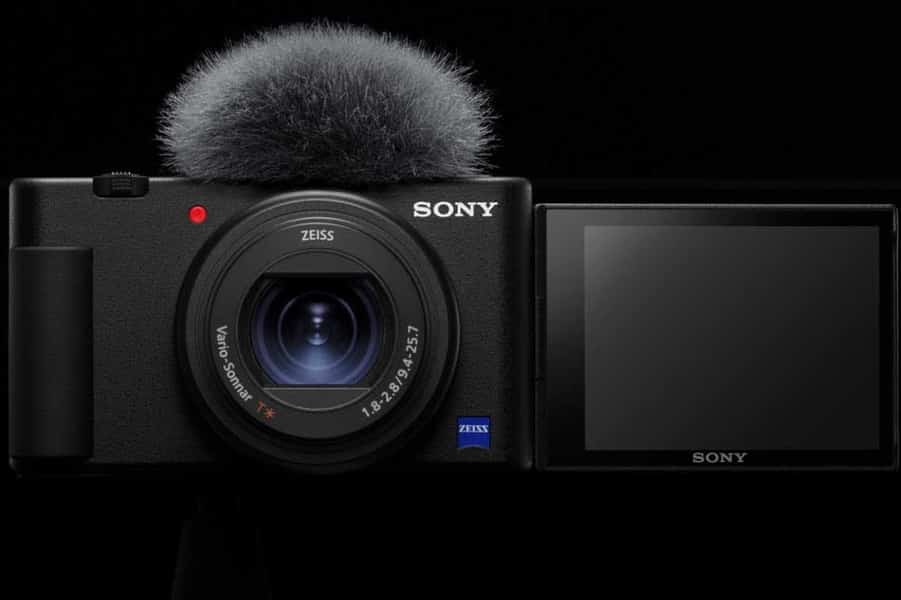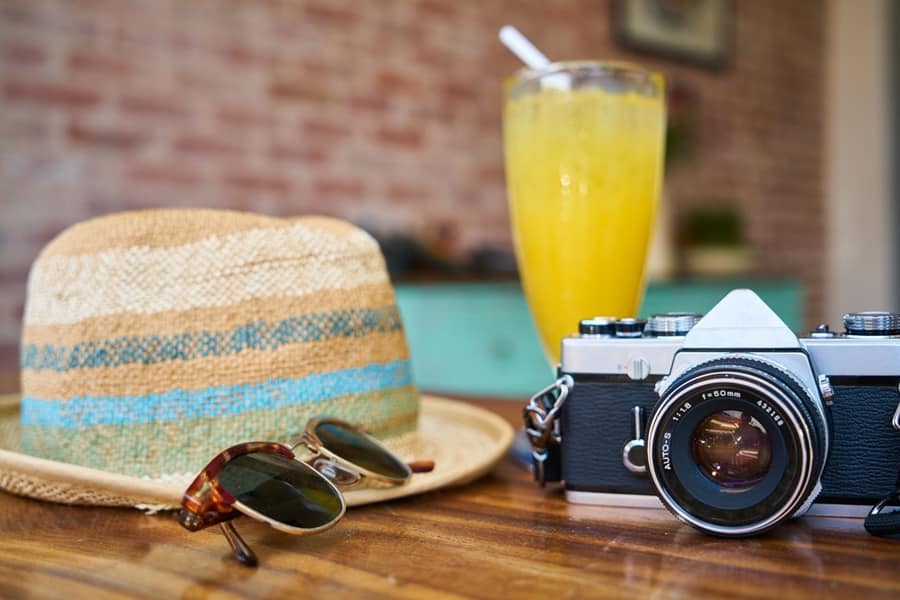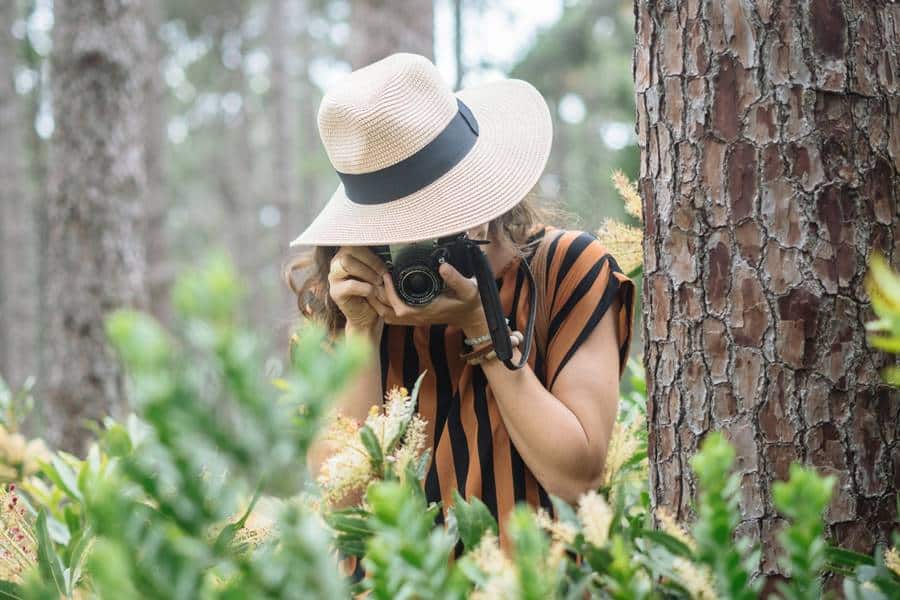In this article, we’ll discuss ‘how to choose a camera for a high-quality photo and not go broke?’ Cameras can cost $5, $50, and even 3500 dollars. And also be compact, mirrorless, and mirrored. We understand this variety to understand which model is suitable for you.
For many years, the path of a beginner photographer was monotonous: first a compact camera, then (when it gets boring to shoot in automatic mode and you want to be creative) an inexpensive mirrorless camera, and, finally, when money appears, a good DSLR. However, over the past five years, there has been a literal revolution in the world. Smartphones have learned to shoot so well that sales of compact cameras have collapsed several times. Naturally: why carry an extra device with you when you can take an excellent picture with your phone.
Nevertheless, let’s try to answer the question: which camera is better to buy for high-quality pictures in the realities of current year. And let’s start with the minimum requirements.
Camera Phone: Shooting for Social Networks and Home Archives
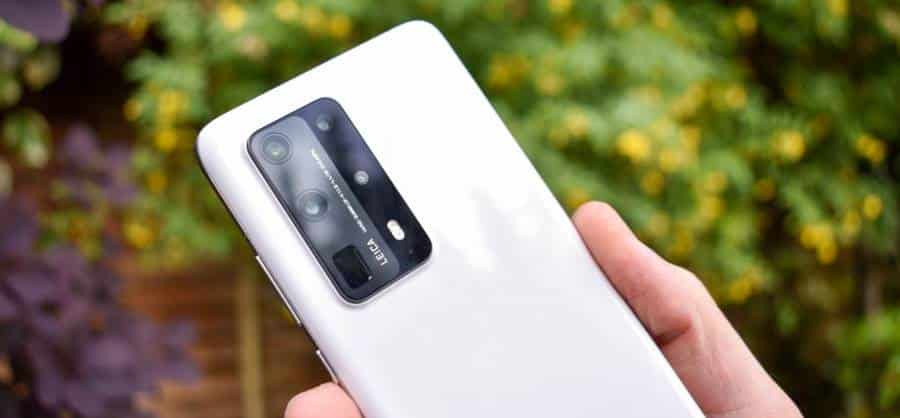
As we already noted, cameras and smartphones are now inseparable. If the cameras had their trump cards in the form of a high-resolution matrix and a zoom lens, now phones have it all. An excellent example of this is the Xiaomi Mi Note 10, which went on sale at the end of 2019. Its primary camera shoots at a resolution of 108 megapixels, and there is also a 5x optical zoom (and even a 50x hybrid, but it is better not to count on it). Such a phone is not cheap – about $550.
Do you want cheaper? Here is also a good option, Realme XT with a 64-megapixel camera. By the way, I tested it quite recently and were satisfied with the quality of the images.
The beauty of smartphones is that you don’t have to learn the intricacies of photography. For example, when shooting a portrait, many smartphones allow you to adjust the level of background blur instantly – you can do this even after shooting. Cameras are just beginning to approach mobile gadgets in terms of ease of use.
Compact Camera: Budget Solution for Beginners
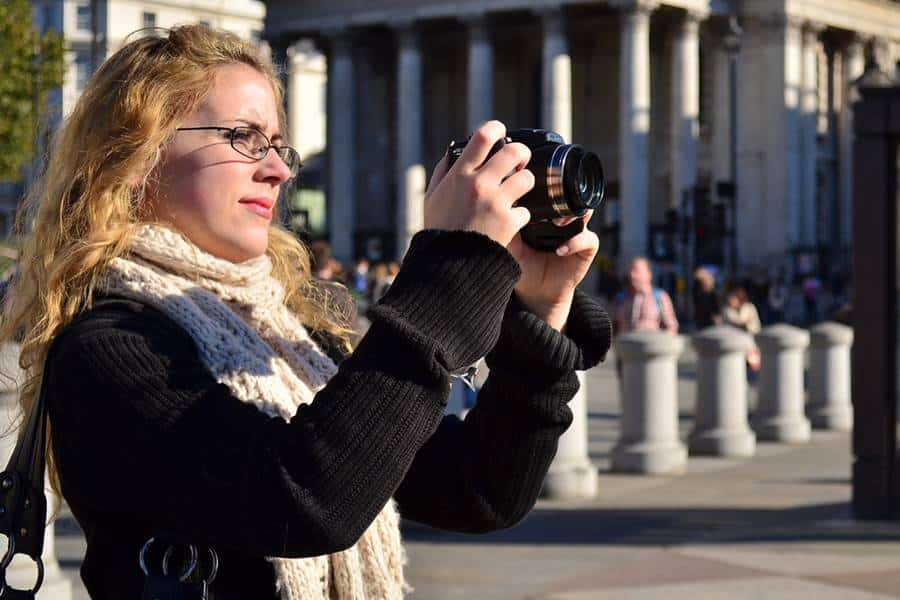
Now you know all about smartphones: I was initially trying to figure out how to choose a camera for a quality photo. First, about the main thing: why do you need these compact cameras, if there are such fantastic camera phones? I explain point by point.
1. Best Shooting Quality. Of course, it all depends on the model, and in many respects, specifically on the matrix. If you take the simplest devices, alas, most likely they will disappoint you. Something more or less worthwhile will require a budget of 400 dollars. – for example, here’s a Canon IXUS 190.
2. Full Zoom. If even in advanced smartphones, the zoom can be selected only stepwise (1x, 2x, 5x), then in cameras, the zooming is smooth. And it is performed at the expense of lenses, not by connecting different lenses (as in camera phones). The same Canon IXUS 190 has an optical 10x zoom that even an expensive smartphone will envy.
3. The Convenience of Shooting. It is much more convenient to hold any camera in your hand than a smartphone. Especially when it comes to active shooting – for example, on a hike or from a car window. The physical button for shooting is also more convenient; besides, even in the models of the middle price range, there is a manual mode with a wide selection of settings.
If you think that buying a compact camera with good image quality is an unrealistic task, pay attention to the top models. For example, here is the Fujifilm XF10 in terms of size – a fundamental compact. But in terms of the quality of shooting, it will easily plug basic DSLRs into the belt.
Mirrorless Cameras: The Trend of Our Time
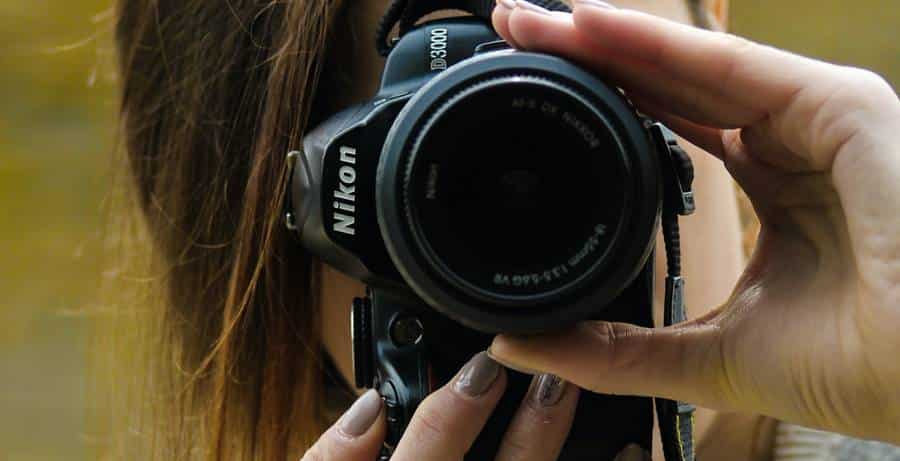
Mirrorless (or system) cameras have always been considered a transitional stage on the path to a DSLR. But they have progressed noticeably lately. Until such time that some professional photographers have switched to mirrorless cameras. So, what good do we have in this segment?
Large Matrix. As a rule, APS-C and higher sensors are used in mirrorless cameras (except basic models).
Removable Lenses. If you are taking your first steps in photography, you don’t need it. But as soon as you want to shoot snails in close-up or, conversely, birds in the branches, you will need an appropriate lens.
Small Size. Due to their design, mirrorless cameras are pretty compact – at least noticeably smaller than most DSLRs. Do not think that this moment is not so important – try to drag your DSLR on your shoulder for half a day.
When choosing a mirrorless camera, please pay attention to the parameters traditional for this technique: matrix size (I recommend APS-C), zoom magnitude, ergonomics, and, of course, dimensions. Do not expect that a good camera will cost you 500 – 700 dollars: get ready for an amount of $1,000 or more. Here is a good option FujiFilm X-S10 with a suitable matrix, a convenient flip-down screen, Wi-Fi, and other valuable chips.
DSLR Cameras: The Last Stronghold of Retrogrades
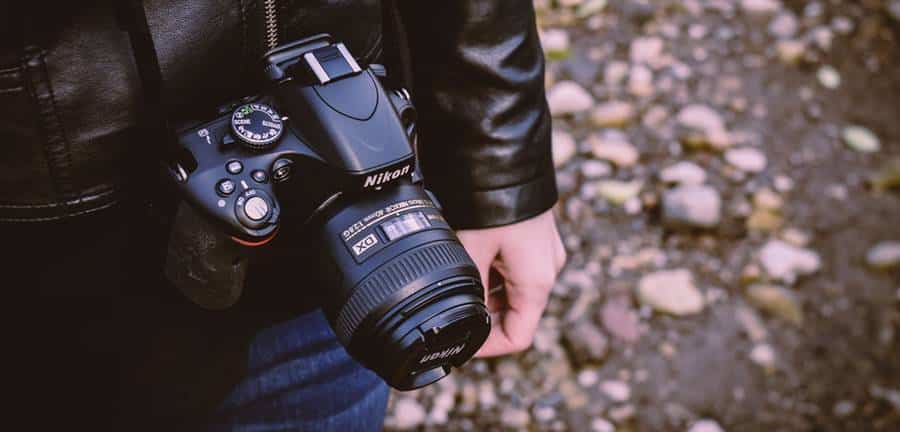
In the early 2000s, DSLRs were a lot of pros or at least advanced amateurs. But there was a great desire to make them available to as many users as possible. It is how inexpensive models appeared, costing (today) less than 1500 dollars. And amateurs happily rushed to spend money, saying, “but I will not have a simple camera, but a DSLR.”
Let professional photographers peck at me, but today I do not see any serious advantages in cameras of this type. They are large, heavy (relatively mirrorless), they must be carried in a wardrobe trunk. But okay, let’s strain and remember a few advantages of DSLR cameras.
The ability to choose a lens. Mirrors always have interchangeable optics. Some sell already complete with a lens (kit) or without it at all (body). In theory, you can only buy the camera itself and then find a lens that suits your needs. Or watch the “whales” with a suitable lens.
Upgradeability. Don’t think that DSLRs are fantastic on their own: To a large extent, the quality of the images depends on the lens. Optics identical in focal length can differ in price by order of magnitude. It is because there are simple lenses, and there are professional ones. The owner of a DSLR can always make a good upgrade by simply replacing the lens with a more expensive and high-quality one.
The ability to use fixes. “Fixes” are lenses with a fixed focal length, that is, without zoom. Due to the simplicity of the design, even professional models of such lenses are available to amateurs – that is, they are inexpensive. Strictly speaking, “fixes” can be used in mirrorless cameras, but not all of them can change lenses.
A basic DSLR will cost you about 500 dollars. Basic Canon models such as the EOS 4000D Kit can be considered as possible options.
A good model from Nikon, the D3400 Kit, will cost a little more. It also has a larger screen than the EOS 4000D, faster-shooting speed, and so on.
Of course, you can fully experience the advantages of DSLRs with full-frame models. Roughly speaking, they have the largest sensor (not counting the mega-expensive medium format). Magazines can easily take a picture from such a camera for printing, and large-format advertising media can be printed from them. But a full-frame camera costs $2000. (and this is the body, for example Canon EOS R6). If it is paired with a good lens; it will cost you three thousand dollars – it’s clear that there is no point in buying one for home use.
The Bottom Line: Which Camera to Choose?

So, back to our original question: how to choose a camera and which camera is the best to buy for quality photos?
Camera Phone. If you are not ready to carry an extra gadget with you but want always to be prepared to shoot.
Compact Camera. If you want a small camera with good image quality. You can carry it in your pocket or backpack.
Mirrorless Camera. If you want to shoot in more than automatic mode. For more creative freedom, choose models with interchangeable lenses.
DSLR (Mirror Apparatus). If you inherited good lenses or want to be able to update. I see no other reasons.
